For tarantula enthusiasts, witnessing a molting cycle is both fascinating and nerve-wracking. These delicate periods require specialized care to ensure the spider's safety. Unlike mammals, arachnids undergo ecdysis—a complete shedding of their exoskeleton—to accommodate growth. This biological marvel leaves them temporarily vulnerable, demanding thoughtful intervention from keepers.
Recognizing pre-molt signs separates prepared caretakers from reactive ones. The spider's abdomen darkens as a new exoskeleton forms beneath the current one. Many species refuse food weeks before molting, their chelicerae becoming less functional. A webbed "molting mat" often appears where the tarantula will flip onto its back. These behavioral changes signal the need to adjust humidity levels—particularly critical for moisture-dependent species like those from tropical ecosystems.
Hydration plays a pivotal role throughout the molting process. Dehydration causes fatal complications during ecdysis, as the spider relies on hydraulic pressure to split its old skeleton. Some keepers lightly mist enclosures, while others provide shallow water dishes. For arboreal species, droplets on webbing or foliage often work better than ground-level water sources. The goal isn't to soak the environment but maintain adequate moisture for the exuviation process.
Disturbances during actual molting frequently prove disastrous. A startled tarantula may abort the process mid-way, resulting in lost limbs or fatal entrapment. This explains why experienced keepers avoid handling spiders showing pre-molt characteristics. Even routine maintenance like cage cleaning should wait until the new exoskeleton hardens. Patience becomes the keeper's virtue—some large specimens take over 24 hours to complete the entire sequence from flipping to hardening.
Post-molt care demands equal attention. The spider's fresh exoskeleton remains soft for days, making it susceptible to injuries. Many keepers remove uneaten prey items that might attack the vulnerable tarantula. Water access proves critical now, as rehydration aids the hardening process. Some species exhibit dramatic color changes post-molt—a phenomenon particularly striking in cobalt blue tarantulas transitioning from dull juveniles to vibrant adults.
Molting complications require calm assessment rather than panic. Stuck exuvia sometimes adheres to sensitive areas like book lungs or spinnerets. Many keepers successfully use damp artist brushes to gently loosen problematic fragments. For severe cases like abdominal ruptures, experienced arachnoculturists might apply cornstarch to slow bleeding, though such injuries often prove fatal. Recognizing when to intervene versus allowing natural processes to unfold separates responsible keepers from overzealous ones.
Seasoned tarantula enthusiasts often maintain molting journals, recording dates and peculiarities for each specimen. These logs reveal individual patterns—some spiders molt like clockwork, while others follow unpredictable schedules. Such records become invaluable when anticipating future molts, especially for slow-growing species that may go years between ecdysis events. The meticulous keeper might even weigh exuviae to track growth rates.
Understanding species-specific needs prevents well-intentioned mistakes. Desert dwellers like Chilean roses require different pre-molt humidity than jungle-adapted pinktoes. Some Old World species fast for astonishing durations before molting, while others maintain near-constant appetites. This diversity underscores why generic care sheets often fail—successful molting outcomes stem from tailored approaches based on a spider's natural history.
The molting process serves as nature's quality check for captive conditions. Frequent molting failures often indicate underlying husbandry issues—perhaps improper humidity, nutritional deficits, or chronic stress. Conversely, successful ecdysis across multiple cycles suggests optimal care. For dedicated keepers, each molting event becomes both a test of their skills and a privilege to witness one of arthropod biology's most extraordinary phenomena.
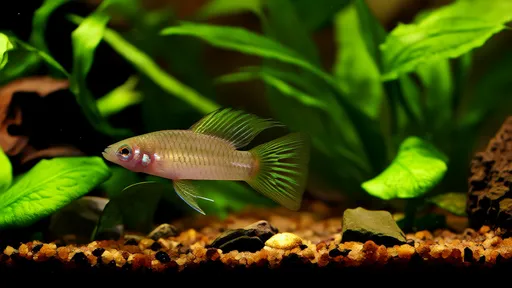
By /Jun 28, 2025
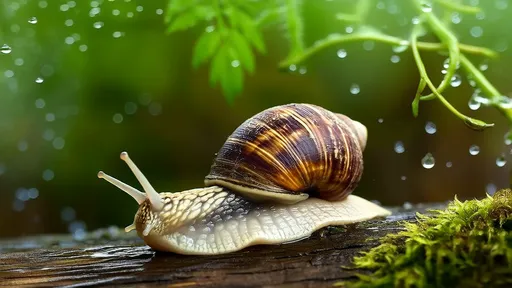
By /Jun 28, 2025

By /Jun 28, 2025

By /Jun 28, 2025
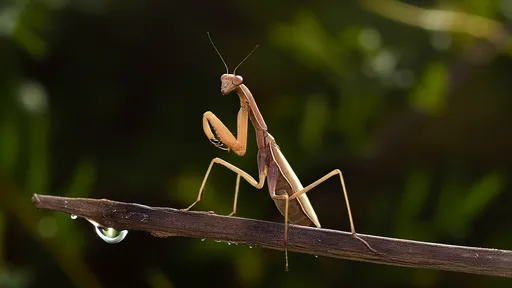
By /Jun 28, 2025

By /Jun 28, 2025
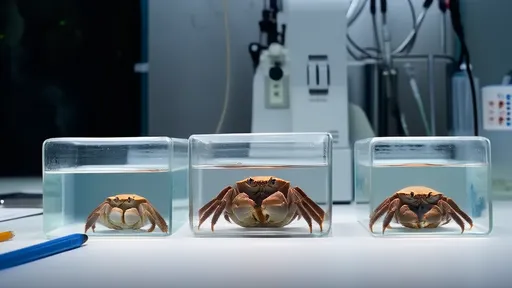
By /Jun 28, 2025
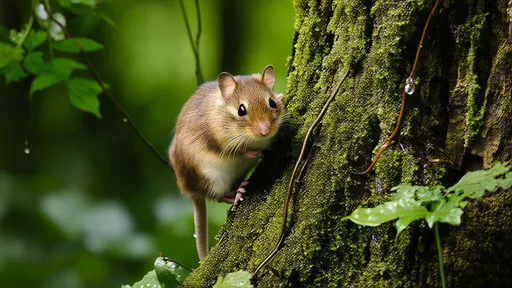
By /Jun 28, 2025
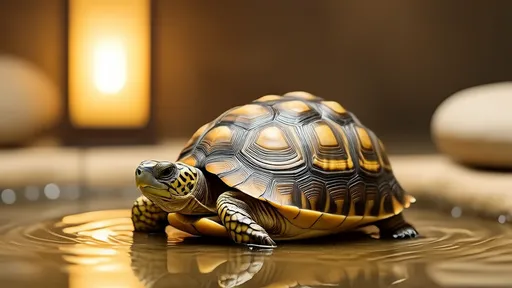
By /Jun 28, 2025

By /Jun 28, 2025

By /Jun 28, 2025
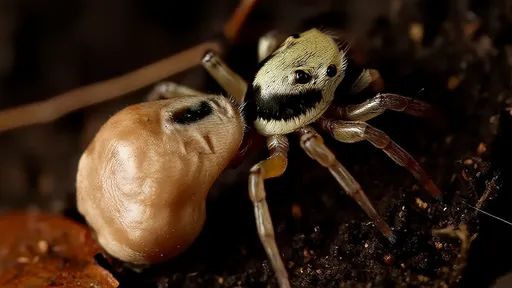
By /Jun 28, 2025
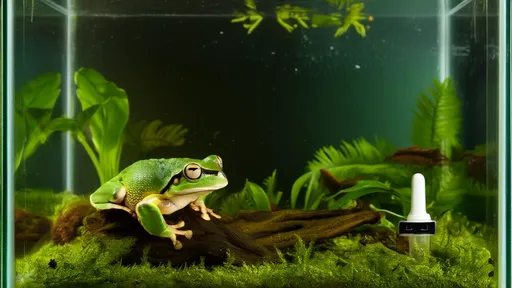
By /Jun 28, 2025

By /Jun 28, 2025

By /Jun 28, 2025

By /Jun 28, 2025

By /Jun 28, 2025